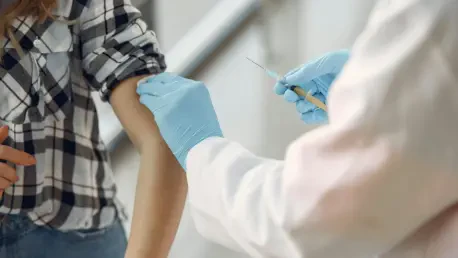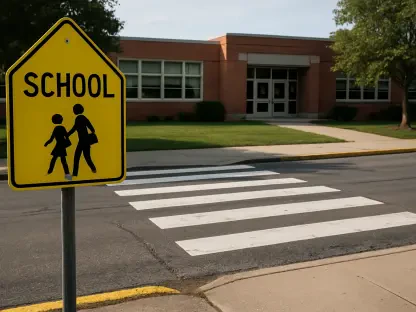Over the past five years, a concerning trend has emerged in Washington State, with vaccination rates among K-12 students consistently dropping. This troubling pattern, which began amid the COVID-19 pandemic, has continued into the 2024-2025 academic year, creating anxious speculation about community health implications. Data from the Washington State Department of Health indicates a dip from 90.8% to 89.6% in students meeting immunization requirements. This decline, observed in 30 of Washington’s 39 counties, raises significant public health concerns, especially with the resurgence of diseases like measles and whooping cough, which are preventable through vaccination.
Rising Exemptions and Anti-Vaccination Sentiment
Impact of Religious Exemptions
Vaccination mandates in Washington require immunizations against diseases like measles, polio, and chickenpox, intended to safeguard school-aged children. Nonetheless, there’s been a notable increase in vaccine exemptions, particularly for religious reasons. The 2024-2025 academic year saw exemptions rise to over 2%, up from 1.2% just a few years earlier in the 2020-2021 academic year. More alarming is the fact that nearly 3.5% of kindergartners have forgone vaccinations on religious grounds. This development contributes to the weakening of herd immunity, which is especially critical among younger students who are more susceptible to contagious diseases.
The broader national rise in anti-vaccination sentiment exacerbates this local issue. Influential figures opposing vaccination, including some in government health positions, have bolstered these sentiments. Till now, the reluctance to vaccinate is gaining traction despite the present danger of outbreaks of highly contagious yet preventable diseases. The increasing preference for exemptions raises questions about aligning public health goals with individual beliefs, consequently posing challenges for community health protection efforts.
Varied County-Level Vaccination Rates
Despite the overall declining trend, vaccination rates across counties show significant variation. Douglas County stands out with an impressive 96.5% vaccination rate, while Pend Oreille County reports the lowest at 68.5%. These disparities highlight efforts in various localities to maintain or improve vaccination adherence despite broader challenges. Between the 2023-2024 and 2024-2025 school years, seven counties reported increased immunization rates, offering a silver lining in terms of localized success stories. However, these isolated improvements do not detract from the growing statewide concern that broader trends may overshadow localized positive outcomes.
Public Health Concerns and Initiatives
Consequences of Declined Immunization
The repercussions of declining vaccination rates extend beyond mere statistical changes. Recently, Washington has witnessed confirmed measles cases, primarily involving travel-related infections in counties such as King, Snohomish, and Whatcom. While these occurrences did not lead to widespread outbreaks thanks to rapid containment, they serve as a warning. Measles, a highly contagious disease preventable by vaccines, underscores the critical nature of maintaining robust vaccination thresholds to prevent potential future outbreaks.
Specifically, the MMR (measles, mumps, and rubella) vaccine saw a statewide rate of 94.5%, slightly below the 95% necessary for herd immunity. For the first time since data collection started in the 2019-2020 school year, this rate dropped below the desired threshold, prompting health officials to intensify surveillance and preventive measures. Kindergartner MMR vaccination data mirrors this issue, with diminishing rates in several counties drawing explicit attention from public health authorities.
Strategies to Address the Issue
Efforts are being made to counteract this downward trend and safeguard community health. Measures include intensified campaigns to educate parents about the importance of vaccines, making vaccines more accessible, and potentially reevaluating exemption policies. Collaboration between schools, healthcare providers, and community leaders is essential to address these issues and work towards restoring vaccination rates to levels that ensure the health and safety of the community.









